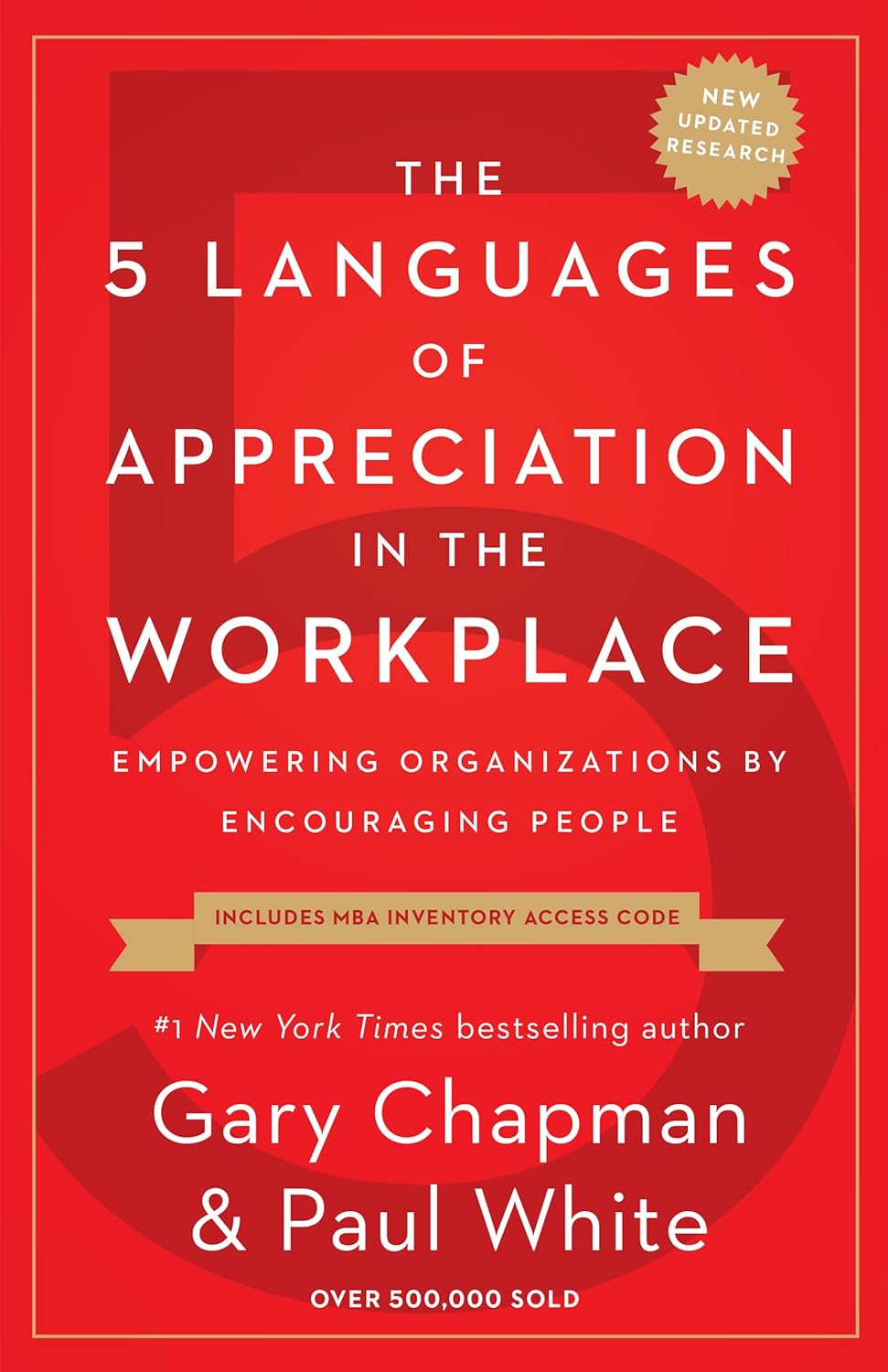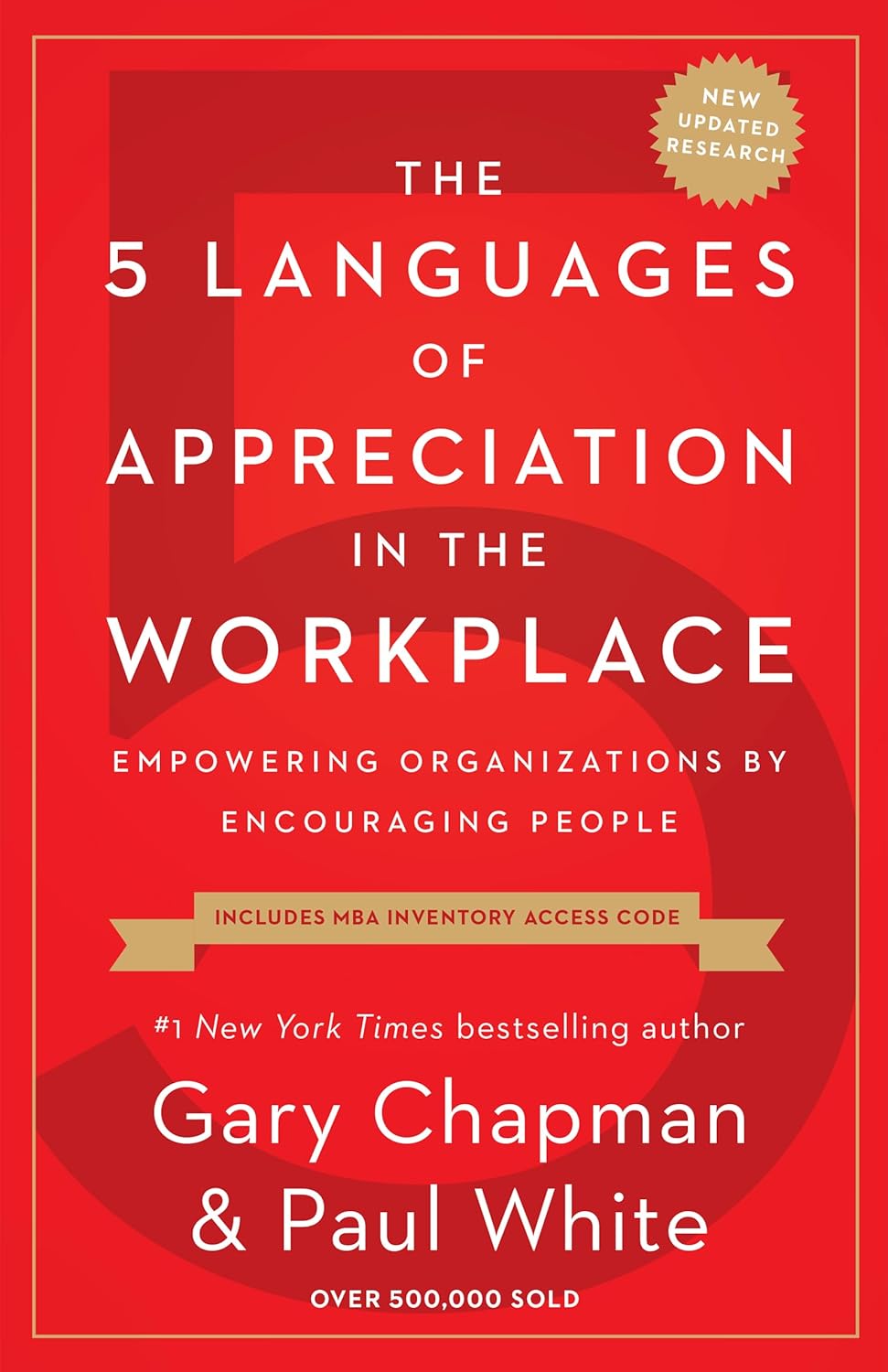Review of "The 5 Languages of Appreciation in the Workplace"
As an avid reader interested in personal development and workplace dynamics, I was intrigued by "The 5 Languages of Appreciation in the Workplace" by Gary Chapman and Paul White. I’ve read several books by Chapman, particularly related to his work on love languages, and the notion of applying these concepts to a professional setting piqued my interest. With over 600,000 copies sold, I was eager to see how the principles could transform workplace relationships.
The book’s central theme revolves around learning your coworkers’ languages of appreciation, which can lead to improved relationships, increased employee engagement, and a reduction in turnover. I found this to be a particularly timely topic, as I believe appreciation is pivotal in maintaining morale in any workplace. The authors provide readers with tools to communicate authentic appreciation to employees, colleagues, and leaders alike—a sentiment echoed in the product description, which stated that relational issues in organizations often stem from whether individuals feel appreciated.
One of the standout aspects of this book is its practical approach. For example, Chapman and White include real-life scenarios that illustrate each language of appreciation. These stories not only make the content engaging but also provide an easily relatable context for implementing the concepts. A fellow reader echoed this sentiment, praising the real-life experiences shared and how they help clarify ways to show appreciation effectively.
Additionally, the inclusion of the Motivating By Appreciation (MBA) Inventory access code to identify personal appreciation languages is a significant plus. This inventory aids in applying what you’ve learned in a targeted manner, allowing teams to communicate more efficiently. Many readers noted its utility in improving workplace dynamics, which I strongly agree with. Tools that foster a sense of belonging and validation within teams are essential, especially in today’s diverse working environments.
However, I did encounter a few drawbacks. Some readers reported issues with the code functionality, mentioning that it didn’t work or was already used, which can be frustrating for those eager to delve deeper into the material. Additionally, while I found the examples relevant, I agree with another reviewer who pointed out that some information could appear obvious, particularly regarding generational differences in the workforce. Sometimes, less time was spent on actionable insights and more on surface-level overviews that many professionals might already know.
Despite these drawbacks, the book maintains a warm and insightful tone throughout, making it accessible to a variety of readers—from managers to entry-level employees. I was also impressed by the authors’ ability to statistically back their claims about the power of appreciation, showcasing its impact on workplace productivity and morale.
It’s important to note the book’s versatility; its principles can apply to a myriad of settings, including non-profits, hospitals, and even remote teams. This adaptability underscores its relevance in our increasingly diverse working cultures.
Ultimately, I emerged from the book with a refreshed perspective on workplace relationships. "The 5 Languages of Appreciation in the Workplace" not only met my expectations but resonated deeply on a personal level. I found myself reflecting on how I communicate appreciation in my own work life and considering changes I could make to enhance those interactions.
In conclusion, I highly recommend this book for anyone involved in a workplace setting. It’s filled with valuable insights that can make a significant impact, and its practical applications are not only enlightening but essential in fostering a culture of appreciation. It’s simple to understand and easy to implement—an overall worthwhile read for personal and professional growth.








